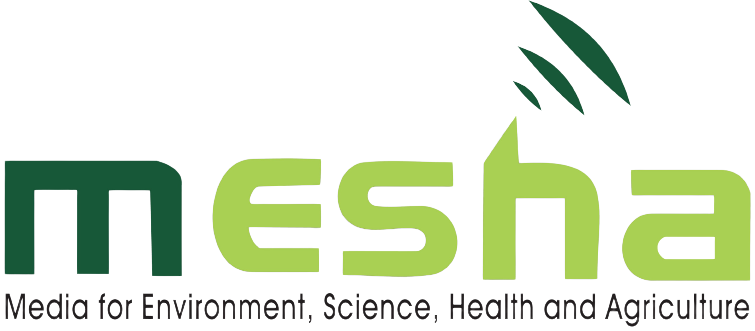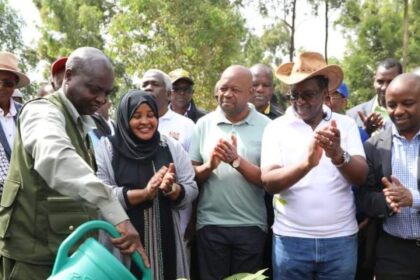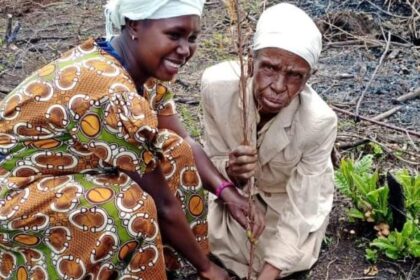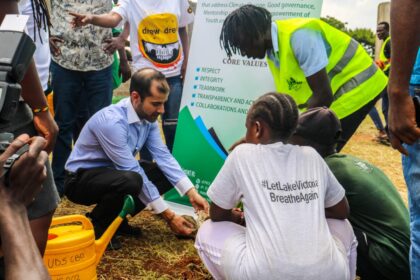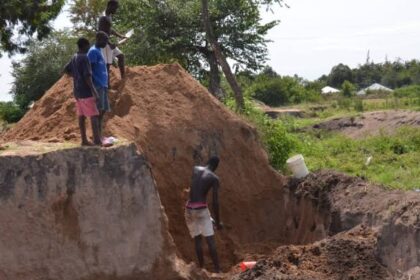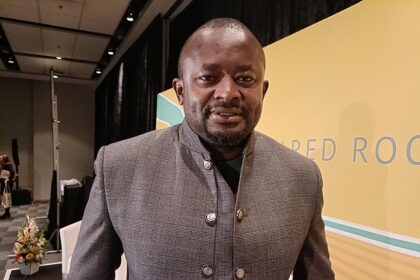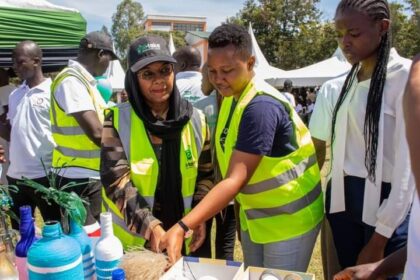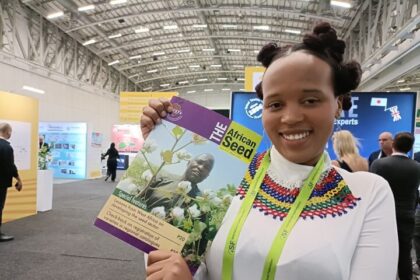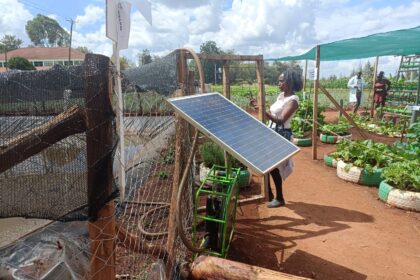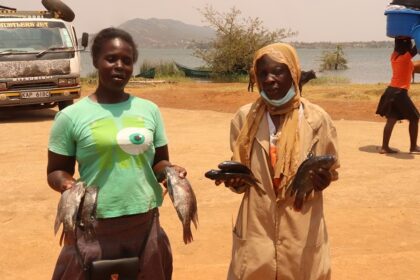Nakuru wards to start reaping from climate change fund
Working together against climate change: Two wards in Nakuru County will soon…
How people with disability fight climate change through local forest associations
Tree planting in Nakuru: Vulnerable groups in Nakuru are embarking on a…
Environmentalists to unite in greening lakeside city
A group of environmentalists plant trees at Prof. Peter Anyang’ Nyong’o Botanical…
Government asked to regulate sand harvesting in western Kenya
The aftermath of sand harvesting in Apuko village in Kobuya location in…
World Seed Congress: Lobbyists call for partnerships to drive uptake of seed varieties.
Stephen Muchiri, Chief Executive Officer, Eastern Africa Farmers Federation. He is calling…
Lakeside city welcomes waste mobile phone app as the world marks Environment Day
Kisumu County Executive Committee member Tourism head Farida Salim participates in the…
World Seed Congress: Youthful farmer calls for partnerships to enhance seed production and keep climate change at bay
By Aghan Daniel A leading young South African farmer has called on…
Kenya to host key global meeting on plastics pollution
Dandora Dumping site in Nairobi, Kenya. The country will host a major…
Researchers vouch for domestic water harvesting
By Ruth Keah I rkeahkadide@gmail.com A water harvesting dam on display at…
How cage fishing technology helps fight HIV in Western Kenya
Women displays some of the fish harvested in Cages at Mulukoba Beach…
